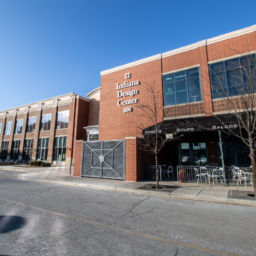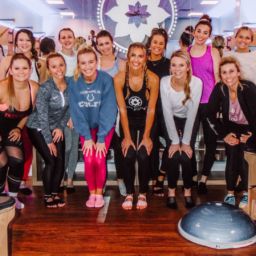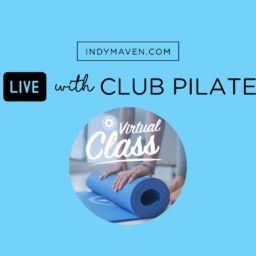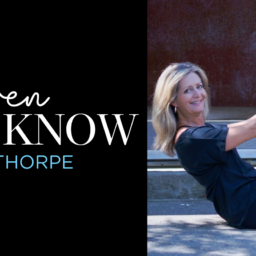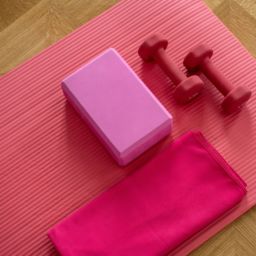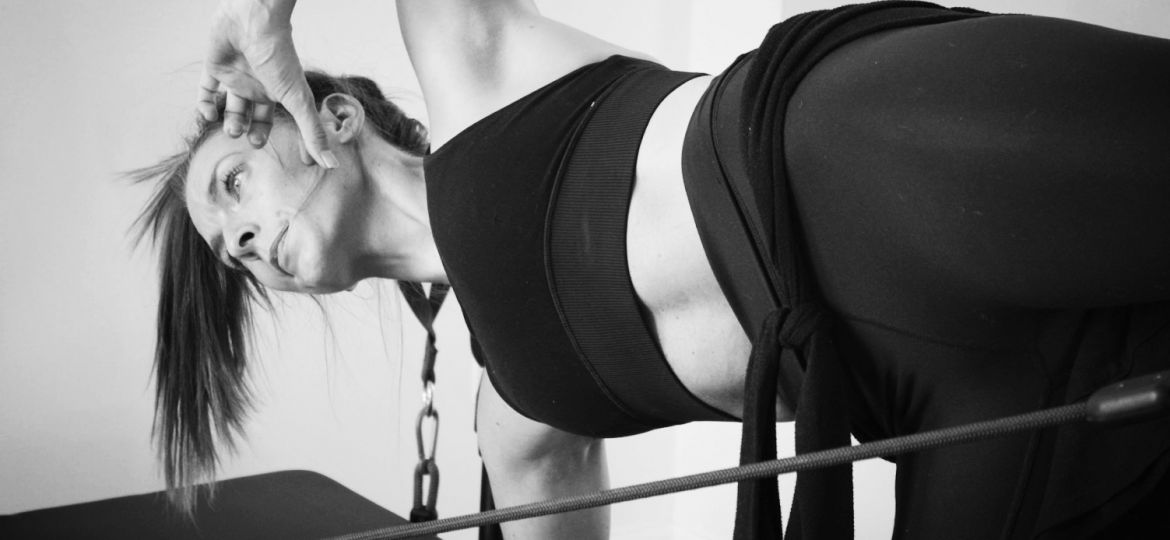
Pilates, the workout method originally developed by Joseph Pilates in the early 20th century, was once a fairly niche workout often practiced by dancers. Now, it’s one of the most popular fitness options for many women (and men too!) From sessions (either in-person or virtual) on the mat to classes using variations on the classic reformer—this technique that strengthens the muscles while also working on alignment, breathing, and mental clarity is certainly one of our favorites.
But it’s also easy to make minor errors with all of those small muscle movements, so we chatted with Club Pilates owner Julie Thorpe and Bailey Croke, founder of R|FRM, to get their expert tips on the most common mistakes they see and how to fix them.
Mistake #1: You’re not doing Pilates
Right off the bat, one of the biggest Pilates mistakes people make is not doing Pilates to begin with. The workout boasts a ton of physical and mental benefits. As a full-body strengthening system, it can help you have more energy and mobility, as well as improve your strength and balance, which, let’s face it, we all could use a little extra of on any given day. Even better, it’s suitable to most ages and fitness levels, meaning it’s a regimen that can move with you throughout your life.
“Pilates is such a great exercise that can be done lifelong and helps people strengthen and balance muscles in their body so that they are less likely to get injured doing other activities in life,” Thorpe says. “We’re trying to balance the body and work all of the muscles.”
An easy fix — sign up for your first Pilates class!
Mistake #2: You don’t understand the movements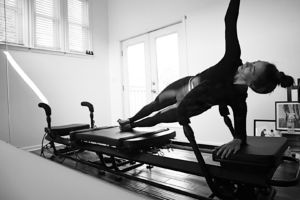
Let’s face it, when you have no idea what you’re doing, it leaves a lot of room for mishaps and possible injuries. It’s frustrating to both Pilates instructors and participants because when done incorrectly, you’re not activating the proper muscles and getting the full benefits of your workout. It’s yet another reason why you should seek out knowledgable teachers.
“When doing the exercises, there’s a specific way to do them to get the most benefit out of the body,” Thorpe says. “For example, when you’re doing something on the reformer, such as footwork, it’s a warm-up exercise. But when you do it properly, you end up getting much more benefit out of footwork than just that warmup.”
The mind-body connection you get from Pilates can also carry over into your everyday life when practiced properly.
“When people do Pilates and do it well, they don’t get injured when they’re out there doing other things, like lifting an elderly parent out of bed,” Julie says. “It protects you, keeps you safe.”
Croke agrees, too.
“All of it ties together,” she says. “Just with that mind-body connection, it follows you throughout the rest of your life. Say I reach back to grab something in the back seat of my car, I feel a lot more supported in my body rather than just a bag of bones moving around.”
Starting slow and taking your time through the movements makes all the difference. And ask questions! Your teacher should be able to not only explain the how of the movements, but the why, too.
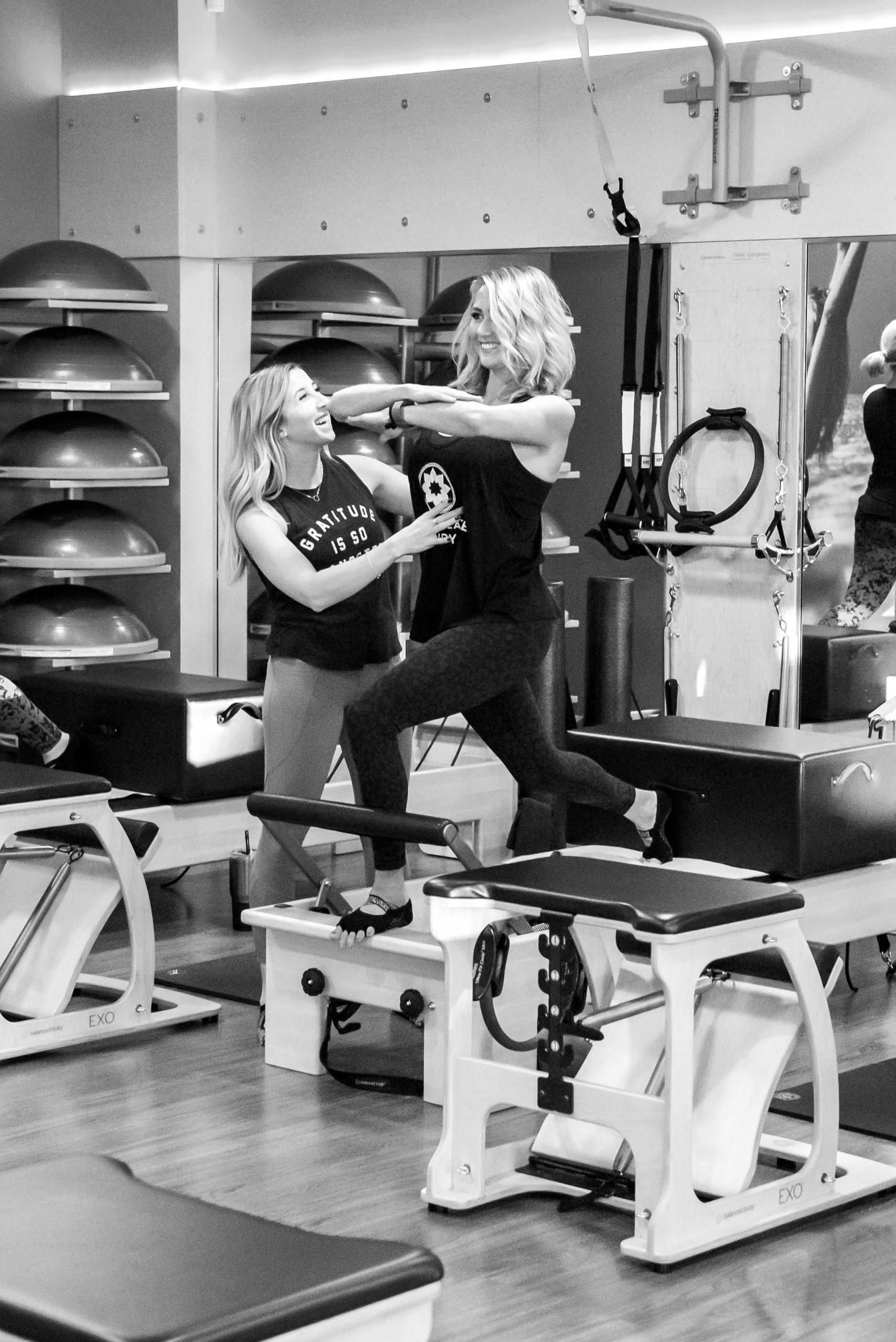 Mistake #3: You’re not breathing correctly.
Mistake #3: You’re not breathing correctly.
In Pilates, most of the exercises are centered around coordinating your breath with the movements. Breathing helps establish mind-body connection, among other things. It’s important to nourish your muscles on the inhale while clearing out the old, stale air on the exhale.
“We do rib cage breathing rather than abdominal breathing,” Thorpe says. “When you’re expanding your rib cage wide on each breath and pulling it tightly back together when you exhale, all of the muscles in the abdominal area are actually working together, keeping your abs free to work.”
Plus, it’s great for core strength.
“Slowing down and actually breathing properly automatically works your deeper layer of core muscles and activates that system,” Croke explains. “Taking the time to find that breath also helps you get into a lot of Pilates exercises that are core based. Being able to slow down enough to focus on that, you automatically reap the benefits from that core workout.”
Mistake #4: You’re rushing through it.
When done correctly, Pilates can give you a killer (and very sweaty!) workout. You might be insanely sore the next day, but hey, that means you were actually working something right. When people try to rush through Pilates, they’re not feeling the movement and properly activating their muscles.
“People think they need to move fast, get their heart rate crazy,” Croke says. “So, with Pilates, we’re just trying to get people to actually slow down and feel the movement, feel the muscle activation. When you’re trying to speed through it, a lot of the exercise is lost.”
“You have to stay present in your body the whole time to really get the most out of it,” she continues. “Just being open to maybe not nailing the exercise the first time, being able to slow down enough and think, ‘What is my body actually trying to do? How can I breathe and use my core to balance through it and activate my muscles properly?’”
Mistake #5: You’re not starting at the fitness level that’s right for you.
Another big mistake is jumping into Pilates thinking it’ll be easy for you. Start at a basic level and build your way up to a more advanced classes when your body is able to, just like you might with other workouts.
“They’ll do the exercises incorrectly whenever we work on one part of the body, like arms,” Thorpe says of those who try to do too much too fast, without building that foundation. “Their abs will fall apart but somebody who has been trained from the foundational level up, they’ve trained their abs on what to do when they’re using another part of the body.”
“Stay focused and present at the same time,” Croke adds. “I think people give up because they didn’t get it the first time. Or they got too frustrated. Just take it easy. It’s a constant practice, it’s not a performance.”
Mistake #6: You’re not keeping your shoulders back and down.
Out of all her critiques she makes throughout her classes, Thorpe finds herself reminding her pupils to keep their shoulders down and pulled back the most frequently. We all carry a lot of stress and tension in our shoulders, especially these days. Throughout the day or during your class, it’s not uncommon to find yourself tense, specifically in the shoulder area.
“Anytime we’re doing arm work, everybody lifts their shoulders, and their shoulders go toward their ears,” she says. “We all carry so much in our neck and our shoulders everywhere we go. So, we’re constantly telling people during Pilates, ‘Shoulders down and back.'”
Like most aspects of Pilates, everything is connected — breathing, mind-body connection, and even form. Taking the time to remind yourself to not tense your shoulders can help transform your practice and posture.
Club Pilates (an Indy Maven partner) has multiple locations in the Indianapolis area including Downtown Indy, Carmel, North Indy, and Fishers.
Bailey Croke’s R|FRM offers virtual mat classes (including pre-natal), private sessions on the Megaformer, and private personal training.
Samantha Kupiainen is a regular Indy Maven contributor.










